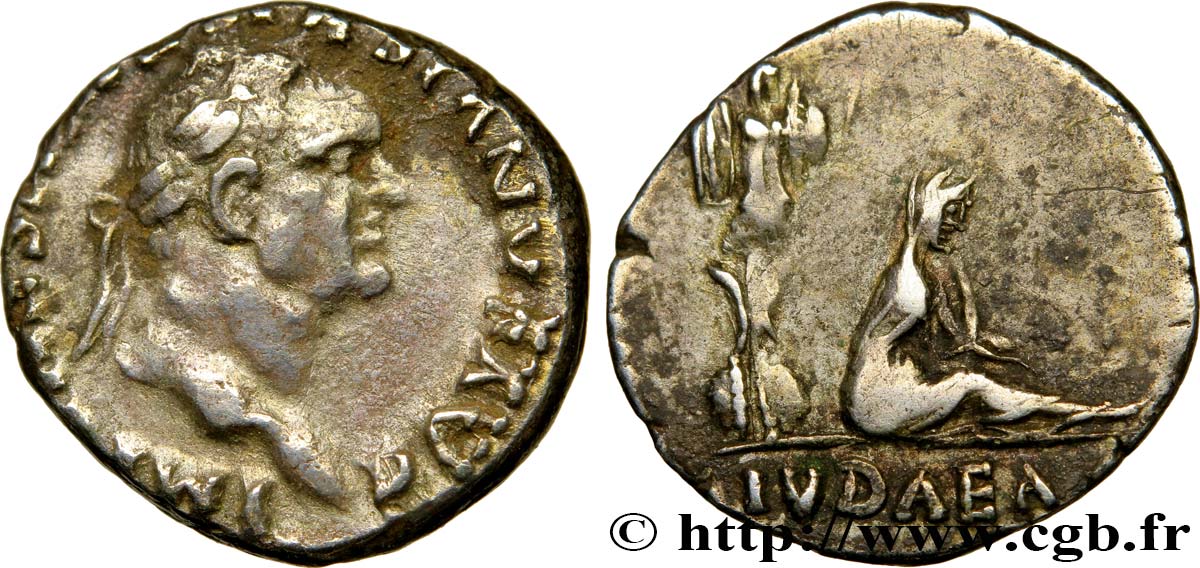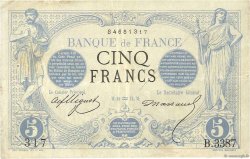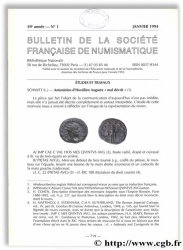Live auction - brm_417644 - VESPASIANO Denier
Usted debe firmar y ser un comprador aprobado para pujar, Inicia sesión para pujar. Las cuentas están sujetas a la aprobación y el proceso de aprobación se alcanzan dentro de las 48 horas. No espere hasta el día en una venta se cierra el registro.Al hacer una oferta en este artículo usted está firmando un contrato jurídicamente vinculante para comprar este artículo y haga clic en «oferta» constituye una aceptación de los términos de uso de live auctions de cgb.fr.
La subasta debe ser colocado en euros enteros cantidades venta only.The se cerrará en el momento en la descripción del artículo, no se ejecutarán las ofertas recibidas en el sitio después de la hora de cierre. Veces Transmition pueden variar y las ofertas pueden ser rechazadas si espera a los últimos segundos. Para más información envie el FAQ Live auction.
Las ofertas ganadoras estarán sometidas a un 18% IVA incluido por gastos de participación a la venta.
Las ofertas ganadoras estarán sometidas a un 18% IVA incluido por gastos de participación a la venta.
| Valoración : | 750 € |
| Precio : | no oferta |
| Oferta más alta : | no oferta |
| Fecha de fin de la venta : | 14 marzo 2017 14:38:33 |
Tipo : Denier
Fecha: 70
Nombre del taller / ciudad: Roma
Metal: plata
Milésimas de pureza : 900 ‰
Diámetro: 16 mm
Eje de acuñación: 6 h.
Peso: 3,48 g.
Grado de rareza: R2
Comentarios sobre el estado de conservación:
Exemplaire sur un petit flan ovale court sur la légende de droit. Joli revers à l’usure régulière bien venu à la frappe. Belle patine de collection ancienne avec des reflets dorés
N° en los catálogos de referencia :
Pedigrí:
Cet exemplaire provient du stock de Leo Hamburger (Francfort 1920-1930)
Anverso
Titulatura del anverso: IMP CAESAR VESPASIANVS AVG.
Descripción del anverso: Tête laurée de Vespasien à droite (O*).
Traducción del anverso: “Imperator Cæsar Vespasianus Augustus”, (L'empereur césar Vespasien auguste).
Reverso
Titulatura del reverso: IVDAEA (À L'EXERGUE).
Descripción del reverso: La Judée voilée assise à droite ; derrière un trophée.
Traducción del reverso: “Iudæa”, (La Judée).
Comentario
Rubans de type 3. Au droit, le portrait est réaliste et ressemble aux portraits plus massifs de l’empereur, plus tardifs. Peut-être l’émission a-t-elle débutée avant l’arrivée de l’empereur dans l’Urbs qui était absent de Rome depuis quatre ans. Ce type de revers n’a été frappé qu’en 70 pour l’or et l’argent (RIC. 15). Mais le style du portrait fait aussi penser à Lyon (RIC. 1118). La Judée est toujours assise à droite, voilée, le bras droit posé sur son genou et le bras gauche soutient le menton de la Province qui suivant les exemplaires, est plus ou moins penché vers l’avant dans une attitude de tristesse. Nous trouvons parfois de petites variations dans la représentation du trophée d’armes qui est constitué d’un casque, d’une cuirasse, de boucliers ronds au sol et de boucliers composites sur les bras du trophée .
Type 3 ribbons. On the obverse, the portrait is realistic and resembles the later, more massive portraits of the emperor. Perhaps the issue began before the arrival of the emperor in the Urbs, who had been absent from Rome for four years. This type of reverse was only struck in 70 for gold and silver (RIC. 15). But the style of the portrait is also reminiscent of Lyon (RIC. 1118). Judea is always seated on the right, veiled, her right arm resting on her knee and her left arm supporting the chin of the Province, who, depending on the copy, is more or less leaning forward in an attitude of sadness. We sometimes find small variations in the representation of the trophy of arms, which consists of a helmet, a breastplate, round shields on the ground and composite shields on the arms of the trophy
Type 3 ribbons. On the obverse, the portrait is realistic and resembles the later, more massive portraits of the emperor. Perhaps the issue began before the arrival of the emperor in the Urbs, who had been absent from Rome for four years. This type of reverse was only struck in 70 for gold and silver (RIC. 15). But the style of the portrait is also reminiscent of Lyon (RIC. 1118). Judea is always seated on the right, veiled, her right arm resting on her knee and her left arm supporting the chin of the Province, who, depending on the copy, is more or less leaning forward in an attitude of sadness. We sometimes find small variations in the representation of the trophy of arms, which consists of a helmet, a breastplate, round shields on the ground and composite shields on the arms of the trophy








 Informar de un error
Informar de un error Imprimir la página
Imprimir la página Comparte mi selección
Comparte mi selección Haz una pregunta
Haz una pregunta Consignar / vender
Consignar / vender
 Descriptivo
Descriptivo















